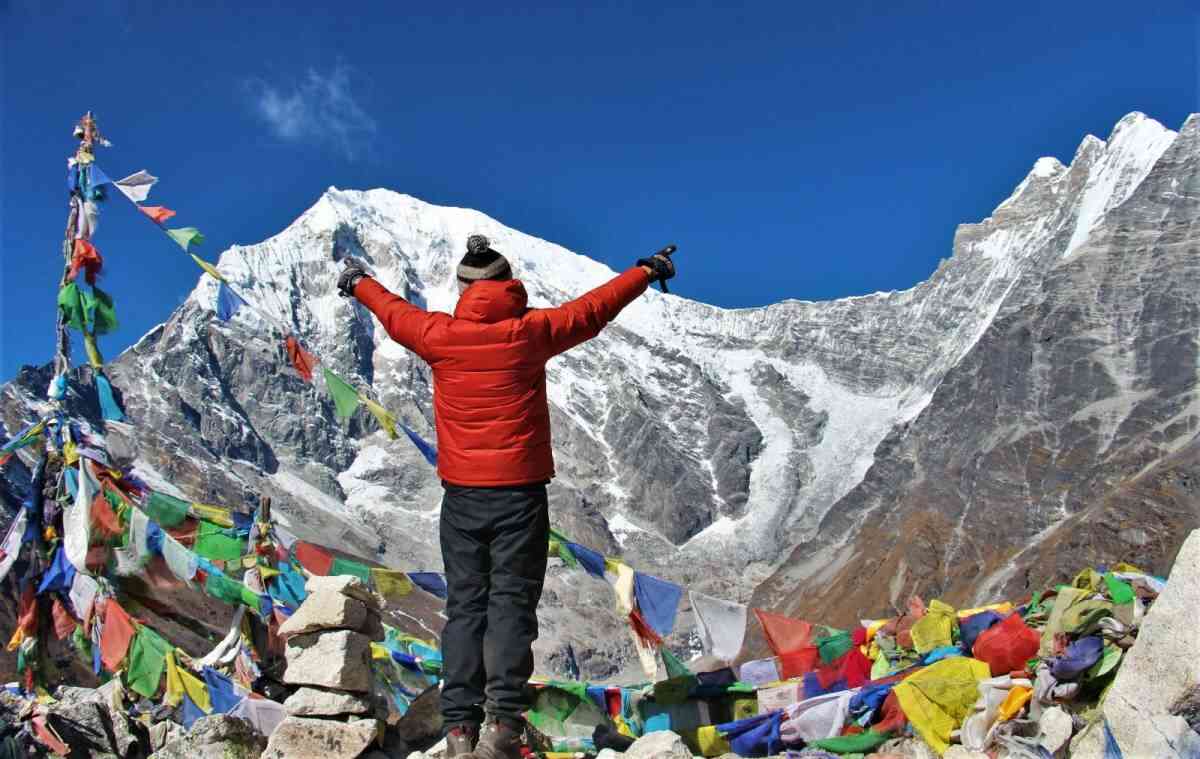Altitude Sickness While In Nepal
- - Category: Travel Tips
- - 27 Jun, 2022
- - Views: 64
- Save

There are 2 very important words you should know while you are traveling to the mountains. ‘ACCLIMATIZATION' & AMS.
Altitude Sickness
There are 2 very important words you should know while you are traveling to the mountains. ‘ACCLIMATIZATION’ & ’ALTITUDE SICKNESS’
What is Acclimatization?
Acclimatization (also called acclimation or acclimatation) is the process of adjusting to the changes in the environment (such as the change in altitude, temperature, humidity, etc.). Acclimatization occurs in a short period of time like hours to long weeks depending upon the individuals. Acclimatizing to the changed environment is very important because it won’t give a chance to the starting of a problem called altitude sickness.
How is acclimatization done?
The adaptation to the local environment is required and can be easily obtained by short walk, hike and excursion with few ups and downs. Taking an extra day or two as the rest day is the best idea to acclimatize. In all of our journeys to higher altitude region, we have reserved extra days as acclimatization days when one can fully acclimatize before heading to higher altitude. Acclimatization is needed in higher altitude of above 3000-4000 meters.
What is Altitude sickness and how is it related to the Acclimatization?
Altitude sickness, also called Acute Mountain Sickness (AMS) is an illness or the negative health effect caused by the high altitude. It happens due to the low amounts of oxygen at high altitude. Travelling in higher altitude above 3000-4000m is strenuous and can cause altitude sickness so proper acclimatization is necessary. This sickness can be a fatal problem if allowed to be prolonged.
Note: Travelers with pre-existing heart, lung or other problems should seek for doctor's advice before booking the trip. It is always advisable to drink at least 3 liters of water every day while in the mountains.
Symptoms of High Altitude Sickness
Rather than one or two, usually a group of symptoms begin to appear as a person gains altitude. These symptoms vary in intensity in the elevations at which they appear, depending on the individual experiencing them. The predominant characteristic associated with the altitude sickness is the headache.
Usually a headache appears in the evening after a long day of ascending. The headache should be relieved by aspirins and should go away by the following morning. The principal symptoms that accompany the onset of altitude sickness are: headache and weakness, sleeplessness, often accompanied by irregular breathing (particularly at night), fluid retention [oedema] particularly around the eyes or fingers depending on the degree of altitude sickness, dry cough, mild nausea, loss of appetite, ataxia or loss of co-ordination and severe breathlessness at rest.
The severe symptoms that is life-threatening, comes with these two problems:
Prevention of AMS
Prevention to altitude sickness is pretty simple. Acclimatize yourself well before going higher. Make a slow and gradual ascent and allow sufficient rest at intermediate altitudes. The perfect altitude to gain in a day is 500/600 meters. If you go beyond that, it’s hard to tell. Therefore, using this prevention method or listening to your guide’s instructions, you can prevent the AMS.
Treatment of the altitude sickness
If the symptoms are of mild annoyance then you should rest until they subside. If the symptoms become more severe or do not disappear after a night's sleep, then you should descend until you feel well.
The basic treatment for severe altitude sickness is immediate descent; altitude sickness can progress rapidly once it becomes serious. The person afflicted should be taken down between 1000 to 3,000ft. [300 to 450m]. The drug acetazolamide [diamox] has been used for assisting with acclimatization when travelling to altitude. Some reports indicate that the drug might be useful in treating the early stages of altitude sickness in addition to its prevention use. It has been shown that people who had headaches, nausea and felt unwell improved considerably within 30 minutes of taking the tablets. The adult dosage is one 250 mg tablet twice a day. The most irritating side effect is a tingling sensation which can occur at any site and without warning. The dose can be reduced to 250 mg per day.
It is recommended that the drug is started on the morning of ascent above 10000ft/3000m and to be continued until descent or the person feels acclimatized. If you decide to take acetazolamide, please inform your guide / group leader. It should not be taken by people who are allergic to sulphur drugs. Severe altitude sickness affects few trekkers, most know when to stop and head back down. All of our treks are based on experience and are planned to gain height gradually, with days allowed for rest and acclimatization.
Note: Acclimatization is the only way to avoid Altitude Sickness so please be cautious while traveling to the mountains.

